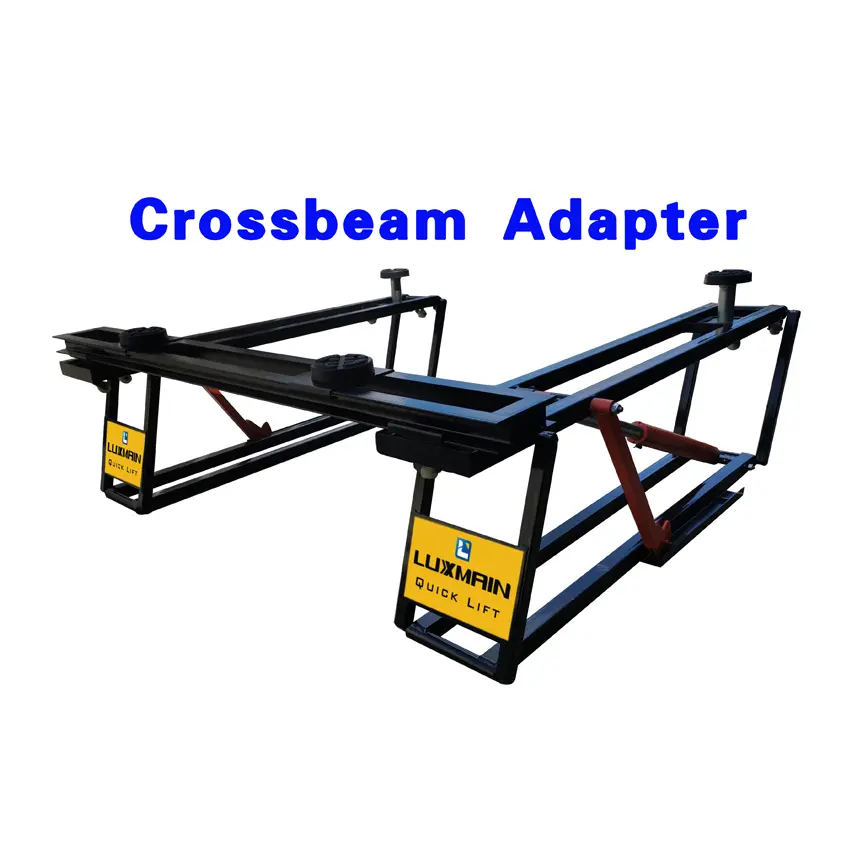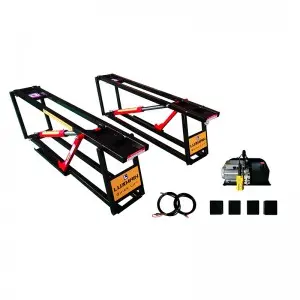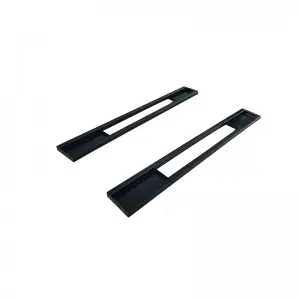****
In the ever-evolving world of automotive maintenance and repair, efficiency and safety are paramount. Inground lifts have emerged as a popular solution for both professional workshops and home garages, providing a versatile and effective means of elevating vehicles for maintenance tasks. These innovative tools streamline the repair process, enhancing productivity while ensuring safety for both users and vehicles. In this article, we’ll delve into the key features, benefits, and considerations associated with inground lifts, highlighting why they may be the ideal investment for vehicle enthusiasts and professional mechanics alike.
What is an Inground Lift?
An inground lift, as the name suggests, is an automotive lifting system installed below ground level, allowing vehicles to be raised into position without obstructing the work area. Unlike traditional above-ground lifts, which can take up valuable space and present a tripping hazard, inground lifts offer a sleek, minimalist design that blends seamlessly into the garage or workshop environment.
Key Features of Inground Lifts
1. **Space Efficiency**: Because inground lifts are installed in a pit, they do not consume any overhead space, making them ideal for garages with low ceilings or limited workspace. This design maximizes floor space, allowing for free movement and organization of tools and vehicles.
2. **Accessibility**: Inground lifts provide easy access to the underside of a vehicle. This feature is particularly valuable for comprehensive inspections, repairs, and routine maintenance, enabling technicians to work with less strain and more convenience.
3. **Enhanced Safety**: Safety is a crucial factor in any garage environment. Inground lifts are designed with robust safety features, including automatic locking mechanisms and redundant systems to prevent accidents during vehicle lifting and lowering. Additionally, the low-profile design reduces the risk of tripping hazards.

Enhancing Convenience and Safety in Automotive Maintenance: The Benefits of Inground Lifts for Home Garages and Professional Workshops
4. **Durability and Stability**: Inground lifts are typically constructed from heavy-duty materials designed to withstand the rigors of constant vehicle lifting. Their robust nature ensures long-lasting performance, making them a cost-effective investment for both commercial and residential use.
Advantages of Using Inground Lifts
1. **Improved Workflow**: The integration of an inground lift into a repair shop can significantly enhance the workflow. Technicians can quickly and efficiently lift vehicles for inspection or repair, reducing downtime and increasing productivity. The ergonomic benefits of working at an ideal height also lead to faster turnaround times.
2. **Versatility**: Inground lifts can accommodate a wide variety of vehicle types, including cars, trucks, and SUVs. Many models are adjustable, allowing for different lifting heights to suit various vehicle sizes. This versatility makes them an excellent option for workshops that handle multiple vehicle types.

Enhancing Convenience and Safety in Automotive Maintenance: The Benefits of Inground Lifts for Home Garages and Professional Workshops
3. **Increased Profitability**: For professional workshops, the speed and efficiency provided by an inground lift can lead to increased profitability. With reduced labor costs and enhanced productivity, shop owners can serve more clients, resulting in higher revenues.

Enhancing Convenience and Safety in Automotive Maintenance: The Benefits of Inground Lifts for Home Garages and Professional Workshops
4. **Aesthetic Appeal**: For home garage enthusiasts, an inground lift contributes to a clean and sophisticated aesthetic. When not in use, the lift remains hidden, allowing for an uncluttered workspace. This aspect can elevate the overall atmosphere of a garage, making it a more enjoyable space to work in.
Considerations When Installing an Inground Lift
While the benefits of inground lifts are numerous, potential buyers should consider several factors before installation:
1. **Installation Cost**: The installation of an inground lift involves significant upfront costs, including excavation, concrete work, and equipment purchase. However, many find the investment worthwhile due to the long-term benefits.
2. **Maintenance Requirements**: Inground lifts require regular maintenance to ensure safe and efficient operation. Users should be prepared to perform routine inspections and servicing to keep the lift in optimal condition.
3. **Space Requirements**: Although inground lifts save overhead space, they still require adequate room for installation and operation. It’s essential to evaluate the available space in your garage or workshop before proceeding with a purchase.
4. **Local Regulations**: Some regions may have specific codes and regulations governing the installation of inground lifts. It’s wise to check local requirements to ensure compliance.
Conclusion
Inground lifts provide an effective solution for automotive maintenance, offering numerous advantages in safety, efficiency, and convenience. Whether for a professional repair shop or a personal garage, the investment in an inground lift can vastly improve workflow and enhance the overall experience of vehicle maintenance. With careful planning and consideration, many users find these lifts to be a game-changer in their automotive repair endeavors, facilitating greater productivity and safety in the workplace.Inground lift


